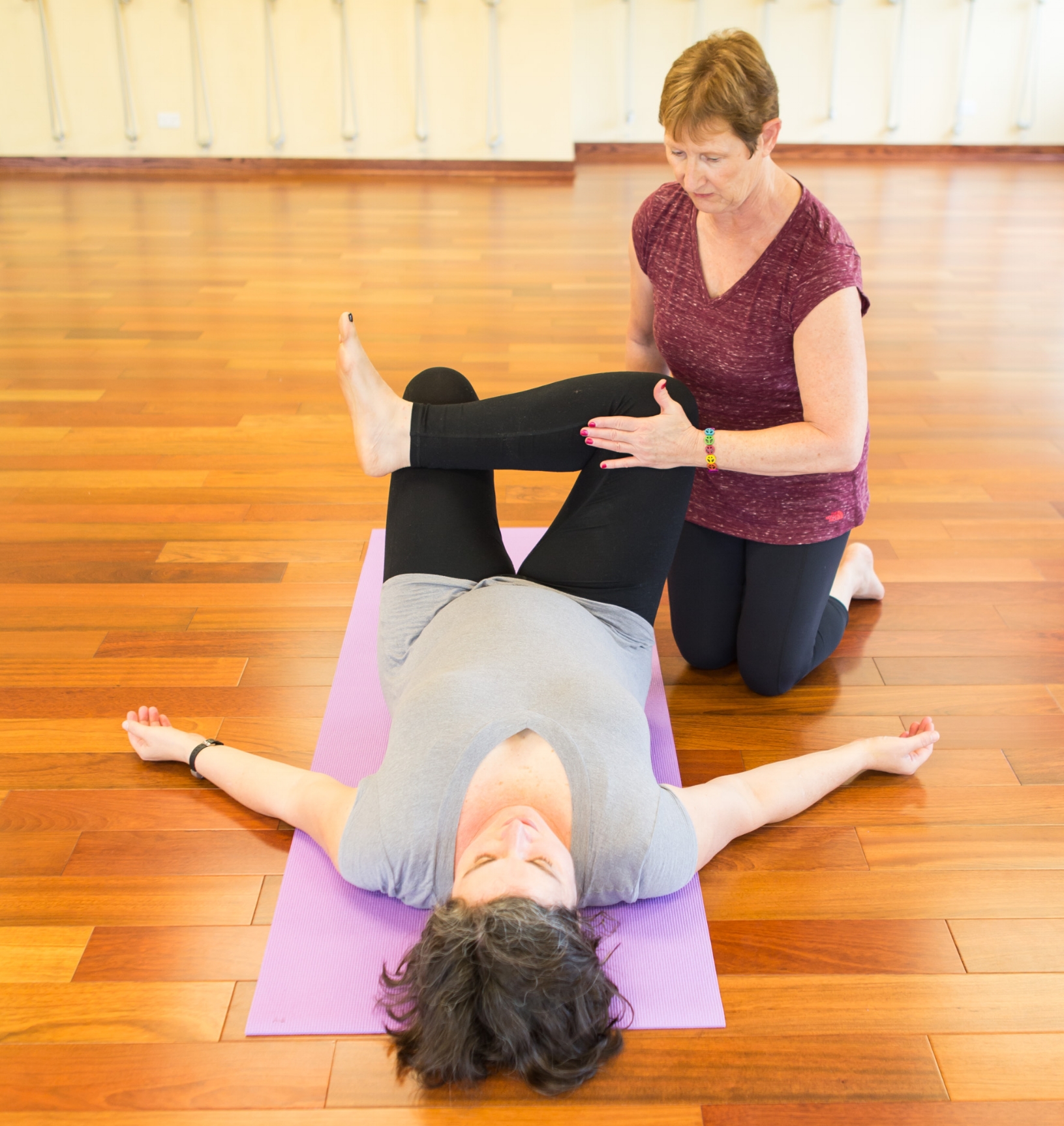
What is SomaYoga?
Somatics, Therapeutic Yoga, and Classic Asana
As we age we start to notice little aches and pains that we did not have even just a few years ago. Maybe you noticed that your feet, knees, hips, low back or shoulders are achy or uncomfortable. Or you just do not get up and down with the same ease that you remember. Many movements that you once did effortlessly just seem to take a bit more time, and you have to consciously think about how to do it.
You are not alone. As we go through life, the body experiences many ways to adapt. One of my teachers once told me that the body only wants to work optimally, so it does the best that it can do given injuries, restrictions and reduced movement patterns.
Here is an example. In your 20's you fell on your left shoulder. After a period of time you heal, but the range of motion in your shoulder is just not the same. You notice the few times that you went to reach overhead that it was difficult. But no matter, your other shoulder has good movement, and you are right handed so you don't give it much concern.
What you fail to notice is that your shoulders have a bias toward internal rotation. This is accelerated with the number hours spent in front of a computer or other forms of technology. "Think shoulder slump." After a period of time you notice that you cannot move your left shoulder without pain. You go to the doctor, and they order a MRI. They see that there is no medical reason for your shoulder pain. This is good news, but you are still in pain.
Somatics looks at this situation as being locked in a habitual pattern, in which you have forgotten how to release chronically tight shoulder muscles. Thomas Hanna, the founder of somatics, called this Sensory Motor Amnesia (SMA). Another way to think of this amnesia is that the muscle and brain connection is offline.
Somatics is a re-education of the brain and the muscles to help a chronically tight muscle to release:
1) by contracting it a bit more than it already is,
2) by paying attention to that contraction to wake up the brain/muscle connection, and
3) by paying attention as you slowly release the contraction to induce the muscle to completely relax.
This process is called pandiculation. Somatics brings these sensations back online so you can efficiently contract and release your muscles to allow for more ease and stability. A healthy muscle contracts when you need it to and RELEASES when you do not.
Another aspect of Somatics is that is breaks movement down into smaller pieces to allow you to move in a true pain-free range of motion without compensation. This invites more stability and grace in movement. I like to think of this as "aging with grace".
SomaYoga is a synergistic blend of somatics with classical asana and therapeutic yoga.
This powerful combination allows you to find more stability and ease on and off your mat. Students start to find more balance and grounding without over efforting in their practice. Patanjali called it “effortless effort”.
Does it work? Yes, I have had many injuries in my life in which I “recovered” from including 2 car accidents within a 5 year period. Neither were very serious, but every compensation pattern that I have ever had rebelled, and I was not able to fully recover until I found SomaYoga. Now I am older, and I have the least amount of pain that I have ever had! I am stronger, more functional, and I move with ease.
SomaYoga is gentle movement, but it requires constant attention and reinforcement. This practice allows you to take accountability for your own health. It empowers you to be in charge of the quality of your life so that you can enjoy all the joy that life has to offer.





